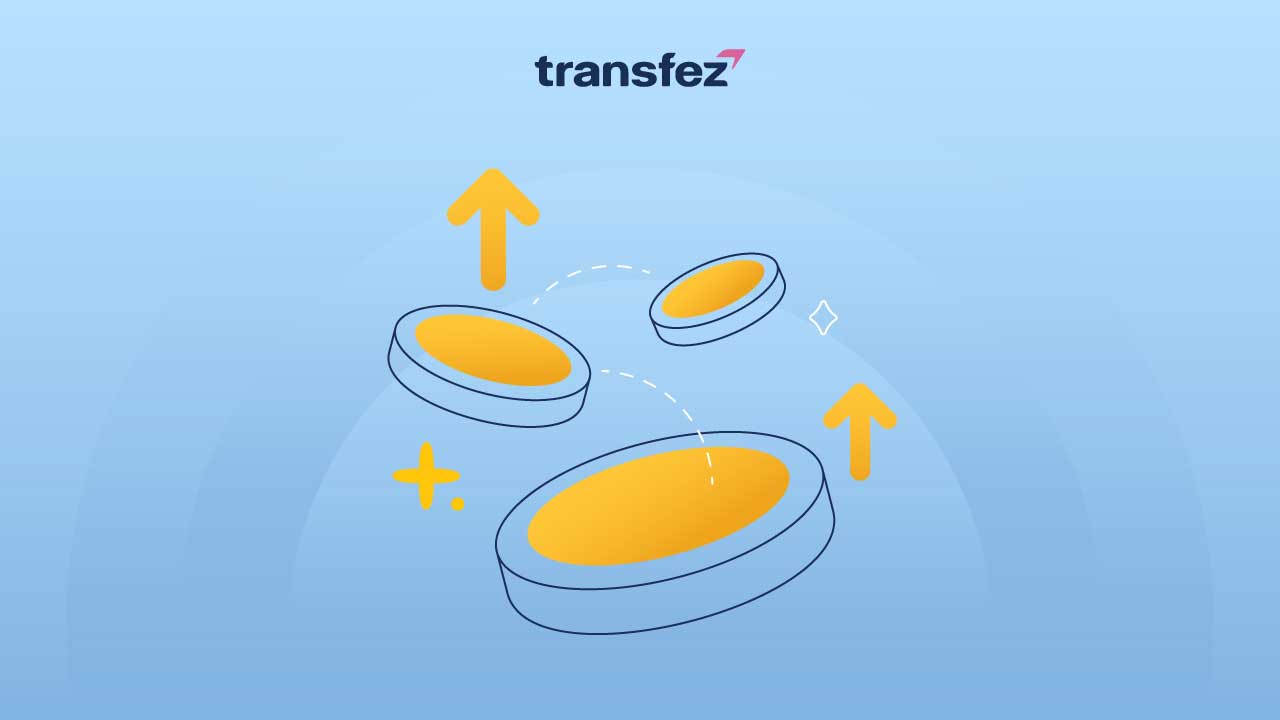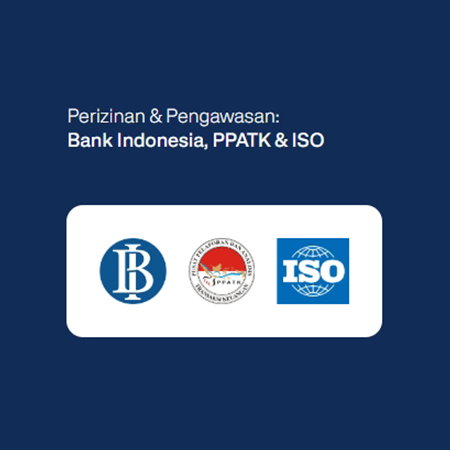Currency serves as a medium of exchange for goods and services in the market and is used by everyone. That’s why each country has a different currency value—ranging from the strongest to the weakest.
Money can come in the form of coins or paper notes, issued directly by a government and accepted at a specific face value. Every country has a name for its currency used in financial transactions—like “rupiah” in Indonesia.
Ranking of the World’s Currencies from Highest to Lowest

Money, whether coins or paper, held by the public, functions in various ways: as a unit of account, a medium of exchange, or a store of value. Before money existed, people used bartering—exchanging goods based on mutual need.
Over time, people started using money because it lasts longer, is portable, and easy to store. Each country has its own currency with different values. Here are the world’s currencies ranked from the highest to the lowest:
1. Kuwaiti Dinar (KWD)
The Kuwaiti Dinar is the strongest currency in the world. One Kuwaiti Dinar can be exchanged for around 3.26 US dollars. Countries that use the Kuwaiti Dinar include Iraq, Saudi Arabia, and Kuwait.
2. Bahraini Dinar (BHD)
One Bahraini Dinar equals around 2.65 US dollars or 0.38 BHD per dollar. Bahrain is an island country located in the Persian Gulf, off the coast of Saudi Arabia.
3. Omani Rial (OMR)
One Omani Rial is valued at approximately 2.60 US dollars. The Omani Rial is used in countries like Yemen and the United Arab Emirates.
4. British Pound (GBP)
One British Pound is equivalent to about 1.28 US dollars, or around 0.78 GBP per dollar.
5. Euro (EUR)
The Euro is the official currency of the Eurozone, including Italy, Germany, Spain, and France. One Euro is worth approximately 1.10 US dollars.
6. United States Dollar (USD)
Among the highest-valued currencies is the US Dollar, used in countries like Ecuador, the United States, and Zimbabwe.
7. Indonesian Rupiah (IDR)
The Indonesian Rupiah is one of the lowest-valued currencies globally. One Rupiah equals about 0.000067 US dollars, meaning 1 US dollar is roughly 14,985 Rupiah.
8. Uzbekistani Som (UZS)
The Uzbek Som is valued at about 0.000088 US dollars. Therefore, 1 US dollar equals approximately 11,420 Uzbek Som.
9. Paraguayan Guarani (PYG)
One Paraguayan Guarani is worth 0.000138 US dollars. In other words, 1 US dollar equals about 7,241 Guarani.
10. Ugandan Shilling (UGX)
The Ugandan Shilling (UGX) is valued at around 0.000267 US dollars. This means 1 US dollar is roughly equivalent to 3,741 Ugandan Shillings.
See Video How To Easily Send Money to 70+ Countries and 30+ Currencies
Why Some Currencies Have High Value
A high-value currency doesn’t necessarily mean a country is wealthy. Currency value can be influenced by several factors including economic and political stability, low inflation, and more.
For example, Kuwait has massive oil reserves, which contribute to a stable economy and low inflation. That’s why the Kuwaiti Dinar continues to top the list of the world’s highest-valued currencies.
Why Some Currencies Have Low Value
Several factors can cause a country’s currency to be relatively low in value—such as high inflation, global economic conditions, or political instability.
For instance, although Indonesia has a large economy, the Rupiah still ranks low due to factors like inflation and balance of payments deficits. So, a country’s wealth does not directly correlate with the strength of its currency.
It’s important not to assume that a high-value currency means a country is rich—or that a low-value currency means the opposite. Understanding the true reasons behind currency rankings provides clearer insight into global economics.
Impact of the World’s Strongest Currencies
Countries with top-ranked currencies often exert significant influence on the global economy. Currencies like the Kuwaiti Dinar, Brunei Dollar, and Euro are strong and tend to have a large impact on international trade.
Nations with strong currencies typically have higher purchasing power and can invest in various countries more effectively.
Impact of the World’s Weakest Currencies
Conversely, countries with the lowest-valued currencies often face difficulties in participating in global trade.
For example, countries like Iran and Vietnam, with weaker currencies, may struggle to import goods and services. On the flip side, lower exchange rates can be advantageous for exports, making a country’s products more affordable and competitive globally.
Every country has its own strategy to manage currency fluctuations. As we’ve seen, currency rankings have a significant influence on the global economy.
Download the Transfez App
The Transfez app helps you transfer money overseas faster, more affordably, and more efficiently. Jack Finance can also support your business with international transactions. Whether you’re sending money to relatives studying, working, or traveling abroad, Transfez is ready to help. The app is available on Android and iOS. Download now!









